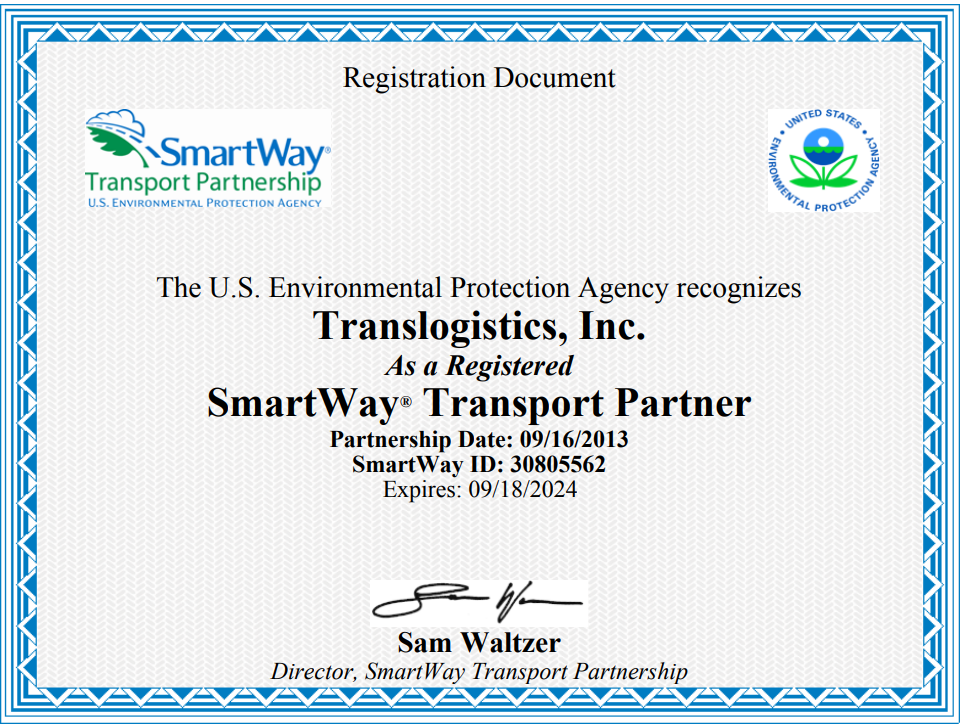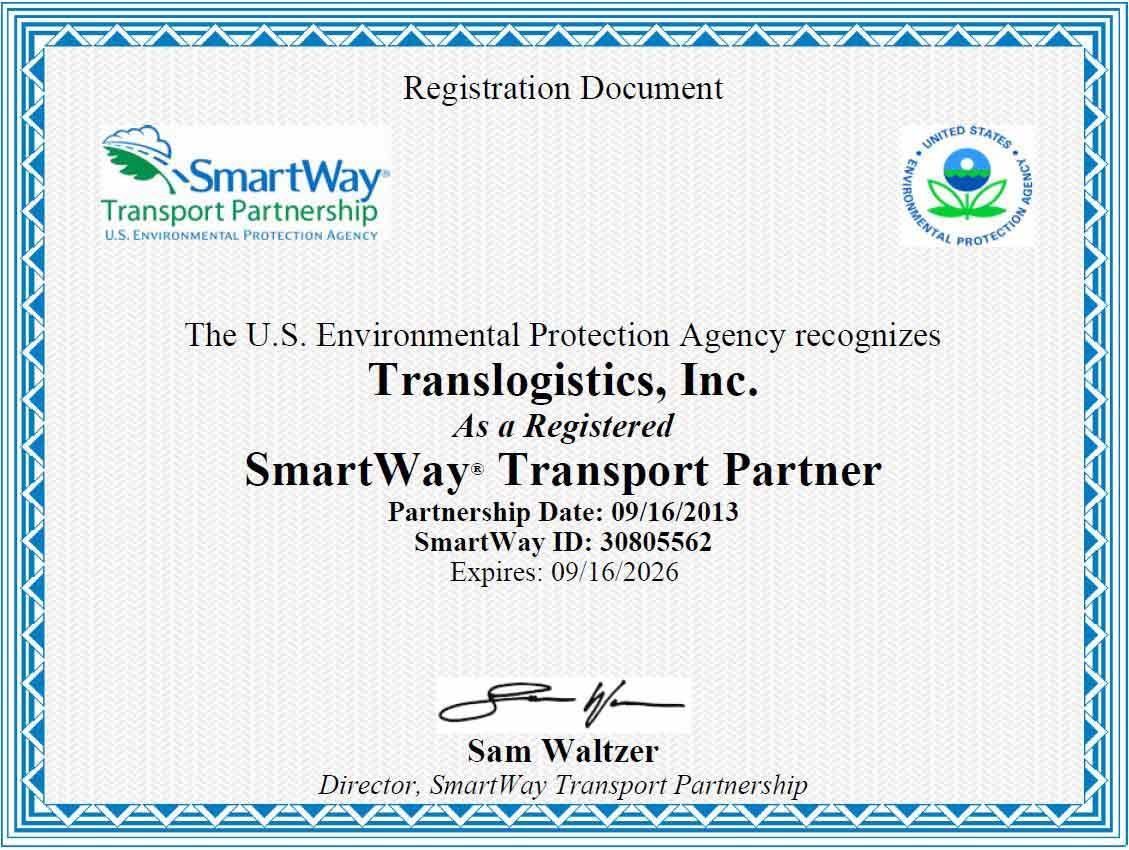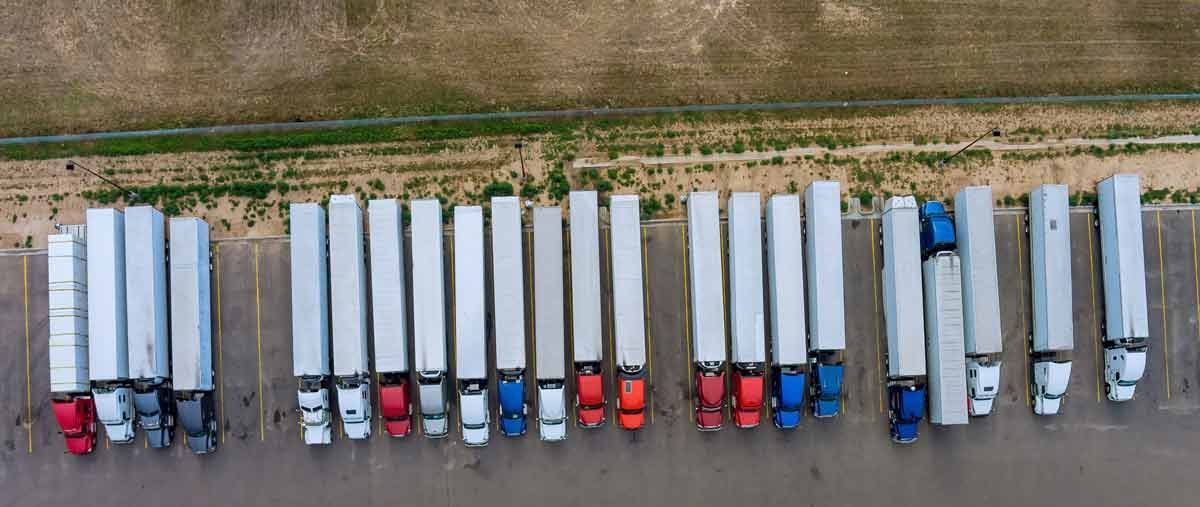Cargo vs Freight
What is the difference between cargo and freight?
The word 'freight' refers to goods being transported, including the process of transportation and the cost involved. Cargo refers to goods transported by large ships and planes. However, freight commonly refers to goods carried by trucks, vans, and smaller vehicles on land. Cargo typically implies commercial goods transported by sea or air, including mail. Freight, on the other hand, specifically pertains to goods transported overland by trucks or trains, and it's closely associated with the financial aspects of shippers transportation spend.

Cargo and Freight Historical Labels
Traditional difference between freight and cargo has less to do with the underlying product being routed, and more to do with its mode of transportation.
- Type of vehicle carrying products:
- Common terminologies and their meanings: Freight planes → Cargo planes
- Freight ship → Cargo ship
- Cargo trains → Freight trains
- Long-haul tractor trailers loaded with products → Freight trucks (not cargo trucks)
- Both terms refer to transportation of goods.
- Over land: Freight
- Over Sea/Air: Cargo
- Cargo and freight share the similarity of mainly linked to commercial items.
- Exception: "Mail" is always referred to as "cargo" regardless of transportation mode (train, truck, plane, or ship).
Therefore, the term used is typically associated with the mode of transportation employed. When goods are transported over land, the term "freight" is commonly used, while transportation by air or sea often involves the term "cargo". However, whether we adhere to traditional or contemporary definitions, both terms ultimately denote the transportation of goods and products. Furthermore, cargo and freight are predominantly linked to commercial items. Nevertheless, there exists an intriguing exception concerning items categorized under "mail". Regardless of the mode of transportation—be it train, truck, plane, or ship—federally regulated mail items, including bundled letters, parcels, or packages, are consistently referred to as "cargo" rather than "freight".

Freight vs Cargo Contemporary Differences
Transportation, and logistics providers primarily focus on the goods being transported rather than their monetary value. Their attention centers on the aspect of "freight-payable," which encompasses the actual costs and dollar value of moving the cargo from one location to another.
However, confusion arises due to the term "freight" itself, which is commonly used to describe payment processes associated with transporting goods. This term can refer to various aspects, including the money charged, amounts payable, the actual products or goods being transported, and goods moved by any means of transportation.
While "freight" is often associated with land transportation methods, it is also acceptable for describing cargo transported by truck, train, plane, or cargo ship. On the other hand, "cargo" can only be referred to as "freight" when it encompasses both the goods themselves and the transportation cost or payment combined into one, blurring the lines between the two terms.
Freight can describe any number of things:
- The product or goods itself
- Goods moved by any method
- The money charged
- The amount payable
Cargo specifically pertains to the transportation of goods and excludes any association with money. On the other hand, the fees charged in relation to freight are a crucial aspect to consistently adhere to within the transportation industry. To truly grasp the disparity between cargo and freight, it may be necessary to engage with and apply these services practically in order to fully comprehend their nuanced meanings.
As the transportation industry continues to evolve and the world becomes increasingly interconnected logistically, the distinction between cargo and freight is becoming less clear. Over time, these terms are being used more interchangeably, although logistics specialists and international freight forwarders tend to adhere more closely to their traditional meanings.

Choosing between Cargo or Freight Services
Freight rates differ depending on the mode of transport. These costs are determined based on factors such as the weight and volume of your cargo, the distance it needs to travel, route planning, and container capacity. Air freight, while the most expensive option, offers the fastest delivery. Opting for air freight is ideal when time is of the essence and budget is not a constraint. Conversely, sea freight is significantly cheaper than air freight, making it a more suitable choice for those with more time and tighter budgets.
Each mode of transportation employs different methods to calculate freight costs:
- Air freight: Charges are based on chargeable weight, which combines the weight and size of the shipment.
- Sea freight: Carriers typically charge by the container, with weight possibly factoring into the cost.
- Road freight: Costs are typically determined by weight and distance.
Additionally, both air and sea freight incur customs and destination fees, while road freight may include toll costs between states and countries. Warehousing expenses vary depending on the country, mode of transport, and shipment size. Warehousing at seaports may be more costly compared to road freight warehousing.
Transit Times of Cargo vs Freight
Your delivery deadline plays a crucial role in selecting the most suitable shipment option. Air freight offers the quickest delivery, with cargo reaching its destination within a span of eight to 72 hours, depending on the distance. Even longer routes typically take no more than seven days, making air freight faster than most ocean shipping alternatives.
Ocean transit, on the other hand, is characterized by longer delivery times. A typical major ocean freight route may require between 13 and 15 days, subject to weather conditions and the speed of the vessel. Extended routes can extend up to two months. Road freight, depending on factors such as distance, toll congestion, and the frequency of stops, can vary from a few hours to several days.
Reliability is another significant factor influencing transit times. Airlines usually adhere to tight schedules, often offering daily flights based on demand. Conversely, ships typically operate on a weekly schedule, necessitating precise coordination to ensure timely cargo delivery and avoid costly delays. Road freight may encounter delays due to traffic congestion, road construction, car accidents, adverse weather, or unusual delays such as civil disturbances like protests.
Cargo Type, Size, and Weight
The nature of your shipment, its weight, and dimensions are crucial considerations affecting your transportation choices. Air freight imposes strict limitations on cargo size due to the confined space available on cargo planes. Moreover, most air freight carriers have restrictions on the types of cargo they can transport. Hazardous materials, including flammable substances, corrosive items, explosives, biohazardous materials, and certain medical supplies, are generally not accepted unless they adhere to rigorous safety guidelines.
In contrast, ocean freight is capable of accommodating significantly larger and heavier shipments in a single trip, while road freight typically handles smaller loads. Each mode type requires unique information, ocean cargo requires HTS and incoterm figures, while LTL requires freight class and NMFC codes. Each mode of transportation entails safety, health, and quality protocols that must be observed, particularly when transporting hazardous materials.
Additionally, considering the fragility and value of your goods is essential. Air and land transport are often preferred for transporting fragile or high-value cargo.

Carbon Footprint
The growing concern over carbon emissions has spurred an increased demand for environmentally friendly transportation methods among consumers. Consequently, many companies are seeking the transport option with the lowest carbon footprint. In terms of carbon dioxide (CO2) emissions, ocean freight emerges as the most environmentally sustainable choice, emitting only 0.0403 kg of CO2 per ton-mile. Conversely, air freight poses the highest carbon footprint, emitting 0.8063 kg of CO2 per ton-mile. Rail freight emits 0.1048 kg, while road freight emits 0.1693 kg of carbon dioxide per ton-mile.
However, while sea freight appears to offer the most sustainable transportation solution, it's important to consider other pollutants as well. Moreover, the potential risks associated with incidents such as ship sinkings or groundings leading to oil spills must not be overlooked. Additionally, factors such as deadlines, budgets, and cargo types continue to influence the choice of transportation method. In situations where time is of the essence, air freight remains the preferred option despite its higher carbon emissions. It's worth noting that TLI prioritizes environmental concerns and holds SmartWay certification from the Environmental Protection Agency.
Freight vs Cargo
Freight typically refers to the goods being transported, encompassing both the physical products and the financial aspects of their transportation, while cargo specifically denotes the items being shipped, excluding any monetary considerations. These terms are often used interchangeably, but they carry nuanced differences, particularly concerning the mode of transportation involved.
Air freight, for instance, is typically associated with time-sensitive shipments due to its speed, albeit at a higher cost and environmental impact. On the other hand, ocean freight offers a more cost-effective option for larger shipments, albeit with longer transit times and potential environmental risks. Road and rail freight provide flexible and efficient options for land transport, each with its own considerations in terms of cost, speed, and environmental impact.
Throughout these considerations, TLI remains committed to working with shippers to find the most suitable transportation solution, regardless of the mode or type of freight involved. As a partner, TLI aims to provide support and guidance to shippers, ensuring their cargo reaches its destination efficiently and effectively while also considering environmental sustainability.
TLI Insights
Get the latest logistics insights and tips from TLI's award-winning team. Stay ahead in transportation planning.
Questions? Email us at marketing@shiptli.com



